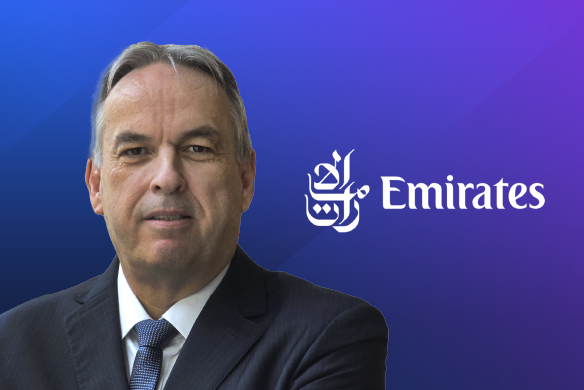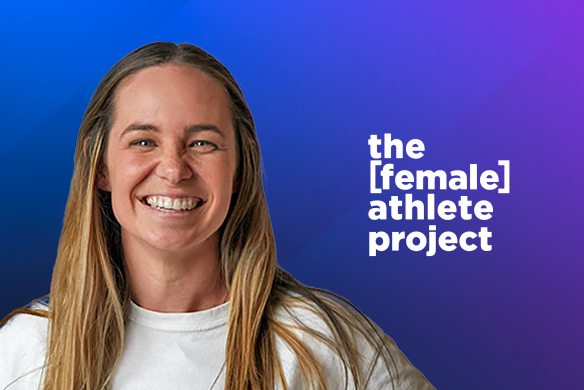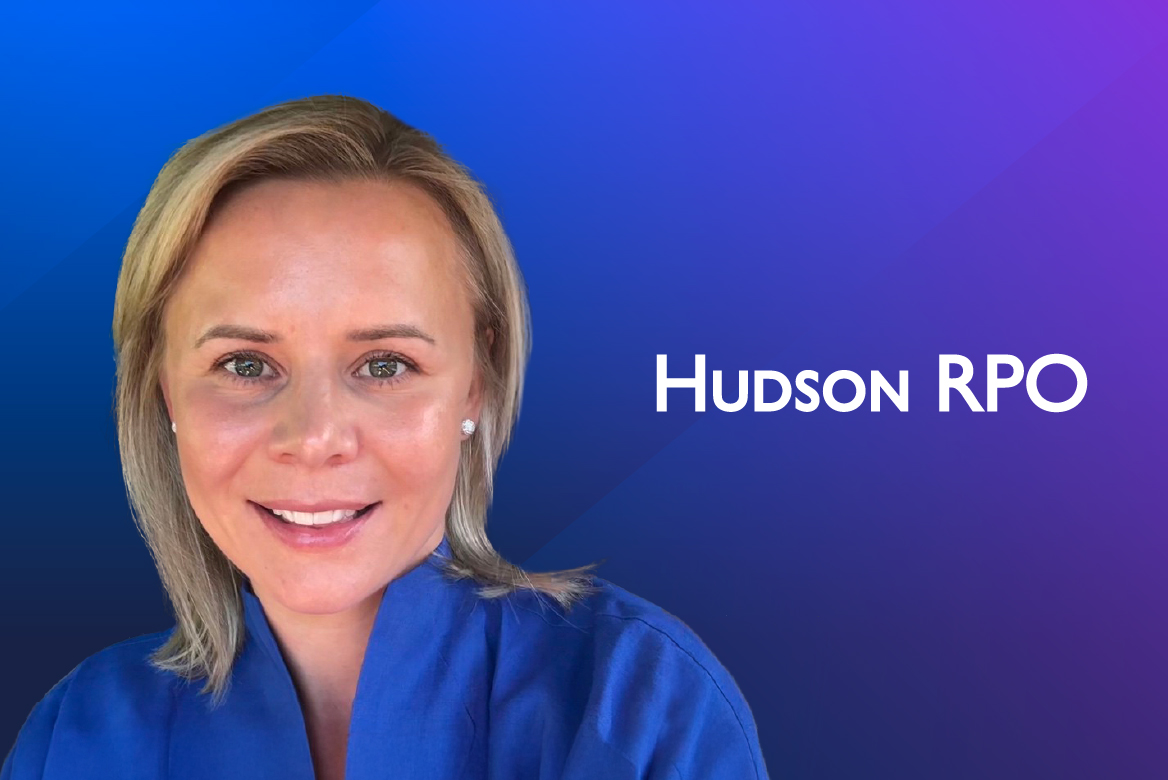Few companies can lay claim to making the world go round. However, with operations in every country in the world, logistics and shipping giant DHL Group has as strong a case as any.
Never was this truer than in 2020, when in the midst of the pandemic, DHL’s 600,000-strong global workforce was instrumental in keeping international trade moving and ensuring vaccines and supplies got to where they were needed.
Taking time out from masterminding a recruitment strategy that enables the organization to fill 180,000 posts per year, Meredith Wellard, VP of Talent Acquisition, Learning and Growth, sat down with our CEO Dimitri Boylan to discuss keeping the global local, finding the automation sweet spot and bringing the joy back to recruiting.
People are our Brand
For all the complex coordination and vast logistics involved in supporting the global supply chain, much of DHL’s work takes place on the front line, by those working in warehouses, or – more visibly – by those out delivering parcels, driving vans, handling goods and meeting customers. These workers are, therefore, the company’s brand ambassadors, each responsible for an identity largely formed and informed by their everyday, local interactions with consumers.
This makes hiring the right people to go out and represent you fundamental to the integrity of the company’s brand, with local representation central; something Meredith is keenly aware of.
Talent acquisition is one of the big topics for us. I mean, we are a service industry. Our people are our brand. And it’s critical that we get the right people who love our company… We really care about the communities in which we operate. So localization is very important when you’re working in any country in the world. It is critical – particularly in service industries – that you have that local relevance and representation.”
Meredith Wellard
VP of Talent Acquisition, Learning and Growth, DHL Group
A ‘Glocal’ Approach to Business and Recruitment
For DHL, that ‘local relevance and representation’ doesn’t begin and end with the people who drop off goods or drive the vans. Local know-how, customs, ways of working and, as Meredith puts it, the need to “reflect the culture and communicate beyond just words” are equally important.
The benefits are clear, however, leveraging them necessitates the striking of a delicate balance when drawing local expertise and insight together with the standards and best practices honed from decades of working successfully on a global scale. Achieving the required agility also implies a level of humility when translating the tried-and-tested to a new context. As Meredith is careful to point out: “It’s too easy to be a judge of another culture if you don’t understand it.”
Another challenge arises from the imbalances in resourcing and practical requirements inherent in recruiting across different business landscapes. As Meredith illustrates, “In one country you might have just two people to recruit for the year and another you might have 50,000… the solutions are entirely different.”Overcoming these obstacles is not without its rewards. For example, when recruiting for positions in a given country, DHL has established processes in place that can be tailored to meet the needs of local recruitment teams.
We have definitely moved over the last ten years to much more of this ‘as central as necessary, as local as possible’ mindset. If we can facilitate an environment where those things that we do well in the center are really delivered well and rolled out well, and then the countries are able – because they’re educated and informed – are able to pull on those and localize them as much as possible.”
Meredith Wellard
VP of Talent Acquisition, Learning and Growth, DHL Group
Meanwhile, the information and insight gathered on a local level are then fed into the wider global data model, providing the company with the means to further enhance their processes via Avature’s integrated platform, in doing so, creating a reciprocal feedback loop.
The reasons we like big global platforms, a globally integrated landscape, is because when you have that sort of data consistency and the ability to have visibility on what’s actually going on in the different countries, then you can use that as a sort of foundation to build automation.”
Meredith Wellard
VP of Talent Acquisition, Learning and Growth, DHL Group
Harnessing Automation in the Creation of Identity
In the case of recruitment and employer branding, a ‘glocal’ approach to process and automation promises vast benefits. When detailing how DHL has leveraged automation and a strong EVP to support local recruitment, Meredith does little to hide her enthusiasm:
Something, we’ve been successful in automating very recently has been the creation of identity in our organization. If we’re crisp and clear on what our employee value proposition is and, therefore, our brand position, we can develop a global campaign that reflects that global brand, and enable the local environments to consume and adapt to that, but still stay true to the brand attributes.”
Meredith Wellard
VP of Talent Acquisition, Learning and Growth, DHL Group
Whether it’s the branding of communications with candidates or automation of the talent acquisition process itself, having a joined-up system to support local teams only further strengthens the company’s employer brand.“You know, we can really leverage that sort of thing. And I think that’s critical because if you do it as separate, individual, unique pieces of pie, everyone just gets confused.”
Finding the Automation Sweet Spot
For a company operating at the scale of DHL, when you talk about automating elements of the recruitment process, the numbers involved in the business case can be dizzying: “a couple of minutes saved on 180,000 jobs a year is a lot of money.” Therefore, it’s crucial to choose wisely and plan sensibly when implementing such a transformation.“What are the big ticket items that we must have and that may take a little more time and effort to implement but I’m going to get a big bang for our buck?”
Although an advocate for utilizing the best technological solutions, Meredith is quick to point out that it’s easy to be blinded by the shiniest innovations in AI and automation. Just because a company can automate certain tasks doesn’t mean it should. She believes there are lessons to be learned from the banking industry following the role out of ATMs, which was in part fueled by the misguided assumption that “customers will just go to machines and do their banking – until customers said ‘no, that’s not what we want to do. We want to go into banks and speak to people.’”
Parallels can be drawn with the temptation to over-automate the candidate experience, “with diminishing returns.” She uses the example of answering a phone in a call center and the lack of real impact on customer perception if you pick up the phone immediately or after 10 or 20 seconds. It is, therefore, critical that businesses look at their CRM and ATS solutions and ask themselves which automation delivers true value to the candidate.
Furthermore, this process also represents an opportunity to review how automation can add value for the recruiters themselves.
The Candidate-as-Customer, the Recruiter-as-Salesperson
“If we’re treating the candidate as a customer, then obviously it makes sense that we treat the recruiter as the salesperson.”The success of a business largely hinges on the quality of talent recruited. Finding the right people requires equipping recruiters with the tools they need to do the job. However, Meredith sees a disparity in how recruiters are considered in comparison to the sales team.
Now, in every company I’ve worked in, the salespeople are the rock stars of the organization. They get the best tech, the best training. Unfortunately some recruiting teams get the opposite of that. They get ‘do more with less’.”
Meredith Wellard
VP of Talent Acquisition, Learning and Growth, DHL Group
The tragedy, according to Meredith, is that pressures to ‘do more with less’ have led to the perception of the role of recruiter narrowing in scope to such an extent that the essence of what makes it such a creative and fulfilling job is in danger of being lost.“In the early days of talent acquisition, recruiters were curious and creative. Nothing was transactional, nothing was process driven. Then recruiting became this kind of dry, ‘follow a process’ thing. What happened was that the joy in recruiting got lost somewhere.”
Putting the Joy Back into Recruiting
In Meredith’s view, where automation and AI can truly add value is in liberating recruiters of the burden of repetitive manual tasks that steal time that could be better spent doing what the job is supposed to be about: interacting with candidates and hiring managers on a human level – or as Meredith puts it, engaging in “those creative, curious conversations that they can have with stakeholders.”
Wouldn’t it be beautiful if the recruiter, at the end of a placement, could go to the manager and say ‘Here’s the numbers behind what we did: we attracted 3000 applicants, we interviewed 20. We came down to the final two. The skills the final two had were…’ They don’t because they’re too busy trying to find slots in people’s diaries to book appointments.”
Meredith Wellard
VP of Talent Acquisition, Learning and Growth, DHL Group
This is an area where, rather than dehumanizing the recruitment experience for candidates and recruiters alike, carefully selected automation can create the time and space necessary for a more human-centered approach to talent acquisition.
Looking Ahead
As the conversation turned to the future, Meredith was clear about what will drive DHL’s HR objectives over the next three years: “Our view on talent is that when you’ve got 600,000 people, cradle to grave is a reality, as long as we can strengthen the opportunities for growth and make it very visible to people.”Further developing the company’s internal talent marketplace, offering employees the opportunity to develop their skills and sharing this information throughout the organization has, therefore, become a key part of DHL’s strategy.
While she admitted that it’s unlikely to grab any headlines, Meredith identifies tech consolidation as fundamental to achieving this.
Nobody’s going to care whether we do it or not, but what makes our lives easier is really aligning our landscape from a tech perspective and also a data perspective. Once that’s harmonized, it opens so many opportunities for us”.
Meredith Wellard
VP of Talent Acquisition, Learning and Growth, DHL Group
Tech and data harmonization will enable the company to blend the internal and external talent market space better. A data-driven approach and enhanced visibility of skills will make identifying the best people for the role a far more efficient process, especially when augmented by the sort of automation that can free up recruiters “to do that value-added work that brings them joy.”



